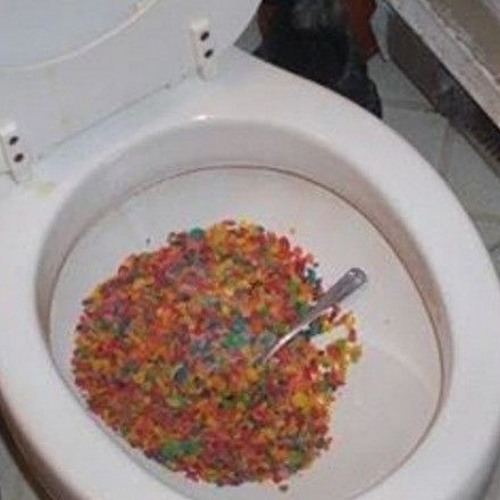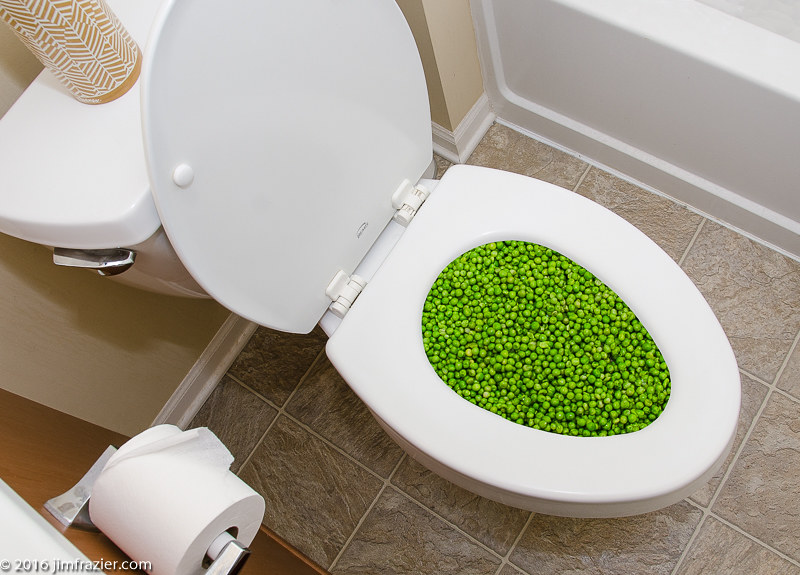Are You Permitted to Dispose of Food Waste in the Toilet?
Are You Permitted to Dispose of Food Waste in the Toilet?
Blog Article
Nearly everybody has got their own individual theory in relation to Flushing Food Down the Toilet?.

Introduction
Many people are often confronted with the dilemma of what to do with food waste, especially when it concerns leftovers or scraps. One typical concern that emerges is whether it's alright to purge food down the commode. In this write-up, we'll delve into the reasons people could think about purging food, the effects of doing so, and different methods for proper disposal.
Reasons why people may take into consideration purging food
Lack of recognition
Some people may not be aware of the possible harm caused by purging food down the bathroom. They might erroneously believe that it's a safe practice.
Benefit
Flushing food down the bathroom may feel like a quick and easy solution to disposing of undesirable scraps, particularly when there's no nearby trash bin offered.
Idleness
In some cases, people may merely select to flush food out of large negligence, without considering the consequences of their activities.
Consequences of flushing food down the bathroom
Environmental effect
Food waste that ends up in rivers can contribute to air pollution and damage aquatic environments. In addition, the water used to purge food can strain water sources.
Plumbing issues
Purging food can cause stopped up pipelines and drains, triggering expensive plumbing repair services and hassles.
Kinds of food that should not be purged
Coarse foods
Foods with coarse structures such as celery or corn husks can obtain entangled in pipelines and trigger obstructions.
Starchy foods
Starchy foods like pasta and rice can soak up water and swell, causing blockages in pipes.
Oils and fats
Greasy foods like bacon or cooking oils need to never be purged down the commode as they can strengthen and create blockages.
Correct disposal techniques for food waste
Making use of a waste disposal unit
For homes geared up with waste disposal unit, food scraps can be ground up and purged with the plumbing system. Nevertheless, not all foods appropriate for disposal in this manner.
Recycling
Certain food product packaging materials can be recycled, minimizing waste and decreasing ecological influence.
Composting
Composting is an environment-friendly means to dispose of food waste. Organic materials can be composted and made use of to improve dirt for gardening.
The relevance of proper waste monitoring
Decreasing ecological injury
Proper waste management practices, such as composting and recycling, help decrease contamination and protect natural deposits for future generations.
Shielding plumbing systems
By avoiding the practice of flushing food down the toilet, property owners can protect against expensive pipes fixings and preserve the honesty of their pipes systems.
Verdict
Finally, while it may be tempting to flush food down the bathroom for convenience, it's important to understand the prospective consequences of this activity. By adopting appropriate waste monitoring practices and throwing away food waste properly, people can add to much healthier plumbing systems and a cleaner environment for all.
FLUSH FOOD DOWN THE TOILET?
FLUSHING FOOD CAN CAUSE BLOCKED DRAINS IN YOUR HOME
All of the plumbing fixtures in your home are connected to the same sewer pipe outside of your home. This outdoor sewer pipe is responsible for transporting all the wastewater from your home to the Council sewer mains. Even small pieces of food that go down the kitchen sink can cause problems for your sewer. It should therefore be obvious that flushing larger bits of food, such as meat, risks a clog in either the toilet itself or the sewer pipes. Flushing greasy food is even more problematic because oil coagulates when it cools, coating the interior lining of your pipes.
THE TOILET IS NOT A BIN
Food isn’t the only thing that people shouldn’t be flushing down the toilet. People use the toilet to dispose of all kinds of things such as tampons, makeup wipes, dental floss, kitty litter and even underwear. Water goes to great lengths to educate residents about the high costs and stress placed on wastewater treatment systems simply from people flushing the wrong stuff down the toilet. It costs taxpayers millions of dollars each year, and homeowners thousands in blocked drain repairs.
FLUSHING FOOD IS A WASTE OF WATER
Flushing food is a waste of our most precious resource - water. In June this year Level 1 water restrictions were introduced to protect water supply from drought conditions. Much of New South Wales continues to be affected by prolonged drought with recent figures revealing up to 97 per cent of the state remains in drought. Depending on whether you have a single or dual flush toilet, every single flush uses between five and 11 litres of water. In the current climate this is a huge amount of water to be wasting on flushing food that should be placed in the bin (or better yet, the compost).
https://www.jabplumbingsolutions.com.au/blog/can-you-flush-food-down-the-toilet

Do you appreciate reading up on Think Twice Before Flushing Food Down Your Toilet? Write a remark further down. We would be happy to listen to your responses about this content. We hope that you come back again soon. Remember to pause to promote this content if you enjoyed it. I treasure your readership.
This Post Report this page